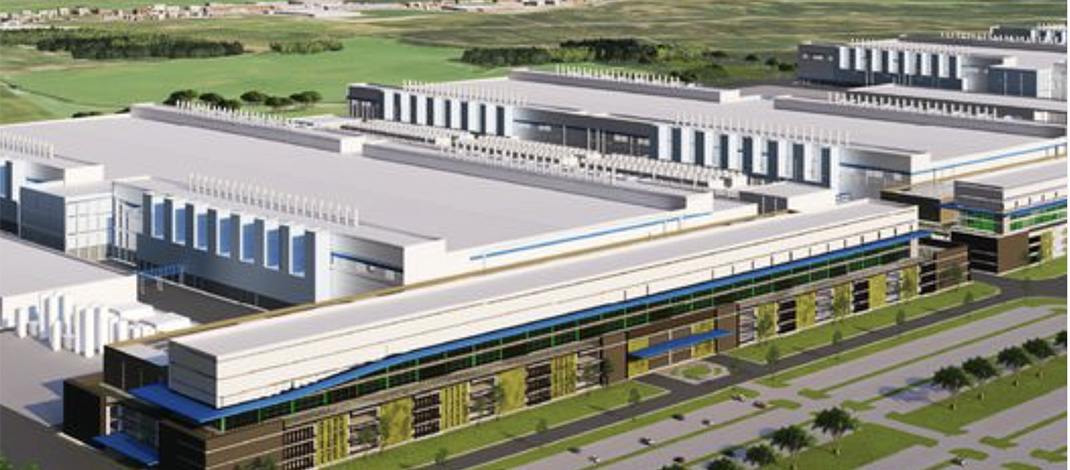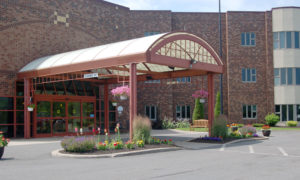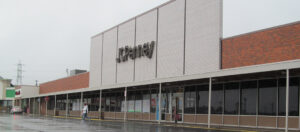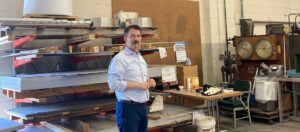By Ken Sturtz
Washington Irving’s iconic “Rip Van Winkle” tells the story of a man who falls asleep for 20 years and awakens to find the world he knew dramatically changed.
OK, it might not have been 20 years, but if you’ve been asleep for six months, you’ll be surprised to discover that a semiconductor manufacturer by the name of Micron plans to build a massive new chip plant off of state Route 31 in Clay.

“The biggest thing for people to keep their eye on is the Micron project,” said Robert Simpson, president and CEO of CenterState CEO. “I think it’s a really exciting opportunity for the area.”
The semiconductor manufacturer’s announcement last fall that it was committing to spending $100 billion over two decades on constructing a massive new plant — highlighted in a triumphant visit by President Joe Biden — is a game-changer.
As exciting as the news has been for economic development officials and politicians who aggressively courted Micron, as well as every day Central New York residents, Micron’s plan, the largest private investment in state history, can seem somewhat far off in the distant future. But Simpson said to look for site work on the Micron project to begin later this year.
“Now that Micron has chosen Central New York, we anticipate supply chain companies choosing to locate here as well,” Simpson said.
The companies supporting Micron will likely have a huge economic impact of their own.
As much as Micron is occupying the spotlight, Simpson said the pipeline of other economic development projects right now is as robust as he can remember in his two decades at the helm of CenterState CEO.
He declined to discuss specific projects, but pointed to what he called traditional economic development projects, meaning companies that are already located in the region and are looking to grow or expand their operations here.
“And that’s really exciting to see them thinking about making investments in Central New York with a little more certainty,” he said.
That’s especially true for the aerospace and defense industries, as well as tech startups, he said. And the service sector is again seeing growth in retail and hospitality, driven partially by population growth.
In addition to Micron and existing companies, Simpson said a growing number of other companies from outside of Central New York are considering moving to the area and one of the reasons is fairly surprising.
“Central New York is one of the most climate resilient places in the country,” Simpson said. “We’re finally starting to see business decision-making catch up to that reality.”
Despite larger concerns about climate change, he said research has shown that regions such as Central New York are more likely to benefit from population and business migration as a result of climate change. It’s hard for companies to ignore a place with plentiful supplies of energy and where the threat of drought, wildfires, extreme heat and flooding are minimal.
But perhaps one of the biggest factors driving economic development in Onondaga County and the larger region is its image as something of an economic comeback kid.
“Central New York’s story is a pretty appealing one,” Simpson said. “We’ve also been able to demonstrate success and I think people want to be part of success.”
He cited the revitalization of downtown Syracuse and of downtown Oswego and Fulton as positive examples. The area has a highly educated workforce and many colleges and institutions to continue supporting the growth of a skilled, educated workforce.
The region also boasts a low cost of living, which has become increasingly important as the cost of living in many large cities, such as New York City, Seattle and San Francisco, has soared. Onondaga County and the larger region also offer an amazing quality of life, Simpson said.
“All of these things that we’ve been talking about for a long time,” he said. “I see companies making location decisions factoring those things in a way that perhaps they haven’t before.”
Economic development can be a bit like a freight train: slow to start and then hard to stop once it gets going. Simpson said the area has significant economic momentum right now, which helps create more economic prosperity.
It’s all very satisfying for Simpson, as it would be for any economic development official. But when he considers how much has changed since he moved back to the area two decades ago — jobs leaving the area and anchor companies departing — it’s an especially sweet moment.
“And now to be able to have seen the full life cycle has been an awesome experience,” he said.




